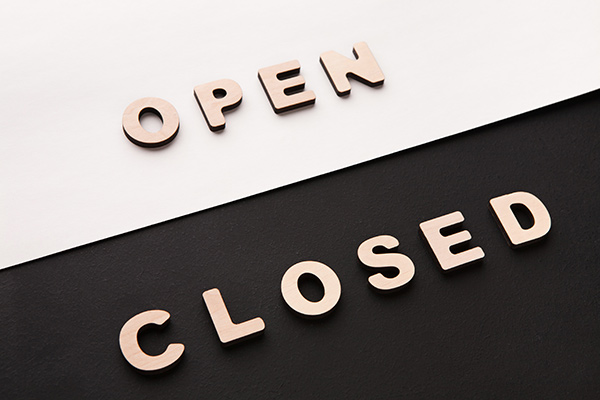
Massage School Student Clinics and COVID-19
Tessa Crume, PhD, MSPH
(Note: ABMP connected with epidemiologist Tessa Crume, an associate professor in the Epidemiology Department at the Colorado School of Health at the University of Colorado Anschutz Medical Campus, to get her expert advice on this question.)
Q: Should I open my school’s student clinic or only allow students to work on each other?
A. On a national level in the US, new cases of COVID-19 are lower than the peaks seen in March and April 2020, however the number of cases are increasing in most regions.1 Case numbers are surging in several states that were the first to reopen. While some would like to attribute these spikes to increased testing, the percentage of people testing positive and the number of hospitalizations is also increasing, making this an unlikely explanation. To find out if community spread is common in your area, the New York Times has some very nice data visualization tools that describe where new cases are increasing.
The danger of opening your student clinic to the public is that you will be introducing considerable risk to your students. We have learned that people, particularly those who are healthy and young can be infected with the SARS-CoV-2 virus and experience no symptoms (asymptomatic).2 This has been called “silent transmission” and contributes to community spread. In addition, empirical studies suggest that infected individuals, who will later go on to develop symptoms, are more infectious during the presymptomatic stage.3 This is very unusual for a respiratory virus and one of the reasons that SARS-CoV-2 has been so “successful” at creating a pandemic.
Following the ABMP Back-to-Practice Guidelines regarding the pre-session health intake interview and repeating this interview when the client arrives is a best practice, however it is no guarantee. Every additional person who enters your student clinic will introduce potential risk because symptom-based screening will not detect those who are presymptomatic or asymptomatic. Most cities or municipalities do not have robust contract tracing in place to allow individuals to know if they’ve been exposed to someone who tested positive for the virus.
We all have to make challenging decisions each day about how to operate in this pandemic. Spending more than 15 minutes within 6 feet of another person in an indoor setting without a mask is considered a high-risk encounter. Thus, having students working on each other with one person not wearing a mask, for either facial work or in a prone position, would meet that criteria. Opening the clinic to the public would elevate the risk even further and I would recommend against it. To mitigate the risk of students potentially transmitting the virus to each other, I would provide frequent reminders that they should all be wearing masks properly at all times and wash their hands frequently with soap and water, while also providing lenient absence policies so they don’t feel pressure to be physically present if they are feeling sick.
Notes
1. Centers for Disease Control and Prevention, “Weekly Surveillance Summary of US COVID-19 Activity,” Accessed July 2020, www.cdc.gov/coronavirus/2019-ncov/covid-data/covidview/index.html.
2. S. M. Moghada et al., “The Implications of Silent Transmission for the Control of COVID-19 Outbreaks,” Proceedings of the National Academies of Sciences of the United States of America, accessed July 2020, https://doi.org/10.1073/pnas.2008373117.
3. X. He et al., “Temporal Dynamics in Viral Shedding and Transmissibility of COVID-19,” Nature Medicine 26 (2020): 672–75.
author bio
Dr. Tessa Crume is an associate professor in the Epidemiology Department at the Colorado School of Health at the University of Colorado Anschutz Medical Campus. Her research focuses on the development and utilization of public health surveillance systems to understand the burden of disease. She has been an academic researcher since 2011, before which she worked for a decade as an applied epidemiologist at the state and federal level, analyzing surveillance data and evaluating public health impact. She has taught the core epidemiology class at the Colorado School of Public Health for nine years.